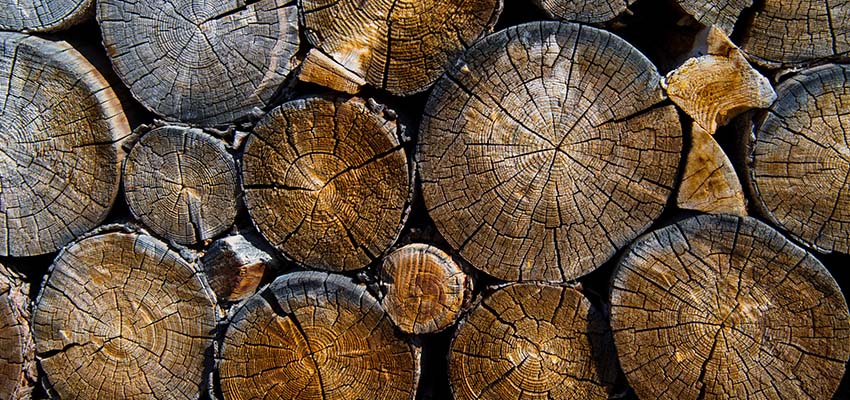The Subterranean termite is the most common and destructive termite in the U.S. and is found in every state except Alaska.
Subterranean means "situated or operating beneath the earth's surface; underground." These insects make their home primarily in the soil or wood beneath the soil. They tunnel through the ground, searching for trees, brush, and other decaying wood found in nature. If this primary source is reduced or absent, termites look to other food sources – your home.
Termites easily access a home through any wood in contact with the soil. As a result, nearly every termite prevention list advises storing firewood several feet from the house and keeping the surrounding grounds clear of other wood debris. Regular inspections by pest control companies are highly recommended. A pest control technician can save a homeowner thousands of dollars in home repair bills by conducting routine professional inspections on a regular basis.
Termites are insects with very defined social strata. A mature termite colony may number in the millions, with each member fulfilling a defined biological role. The classes are, workers, soldiers and reproductives. Typically, a queen and king reside in a mature colony. Winged adults are referred to as "swarmers." They emerge from the colony and take flight (swarm) during certain seasons of the year, usually late winter to early spring. This marks the beginning of the termite reproductive cycle, as the swarmers are the primary reproductives. Swarming is also significant, as it’s during this time that they are most likely to be spotted by humans.
People often confuse swarming termites with flying ants. There are distinctive differences, however. In order to discern a termite from a winged ant, compare the visual biological differences:
- Ants have a narrow, wasp-like waist (more "cinched" in the middle of the body). Termites do not have a defined waist.
- Ant wings are about equal to the body size, with the fore and hind wings of unequal length. Termites have four wings of equal length that are nearly twice as long as their bodies.
- Ant antennae are L-shaped, while termite antennae are straight.
The best thing to do if you suspect you have termites is to call a professional – termites can cause a large amount of structural damage, costing you thousands of dollars if not treated properly.
Here are some DIY tips to help prevent termites:
- Keep mulch, wood debris, and firewood away from the home and off the ground.
- Trim all shrubs and bushes away from the foundation of your home.
- Remove infested trees and stumps from the property.
- Repair leaking faucets and water lines both inside and outside your home.
- Remove leaves from gutters and drains.
- Seal all cracks and holes in your home’s foundation.
- Minimize humidity in attics and crawl spaces.


Recent Comments